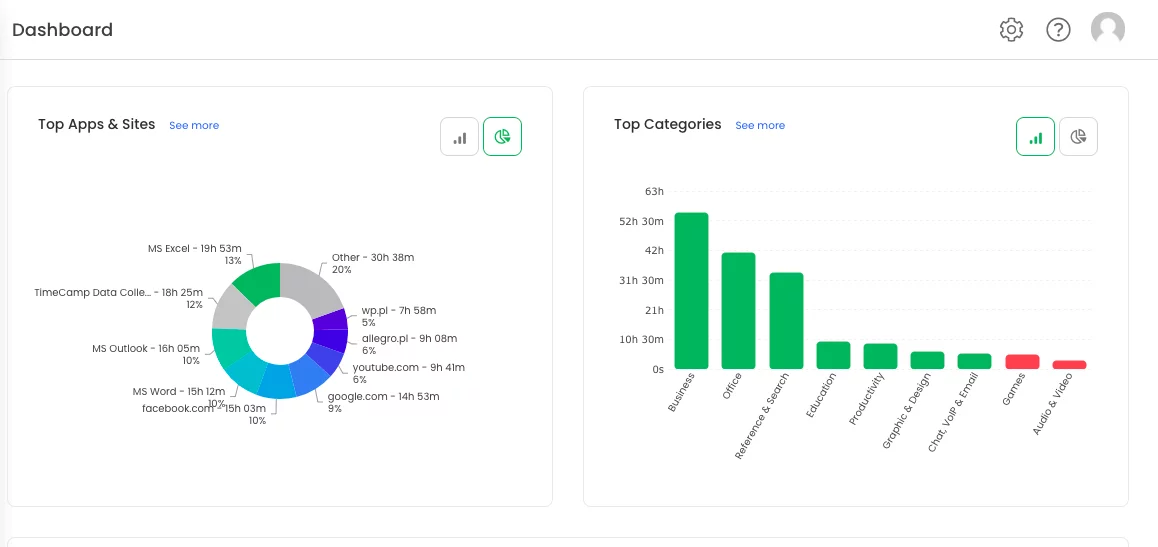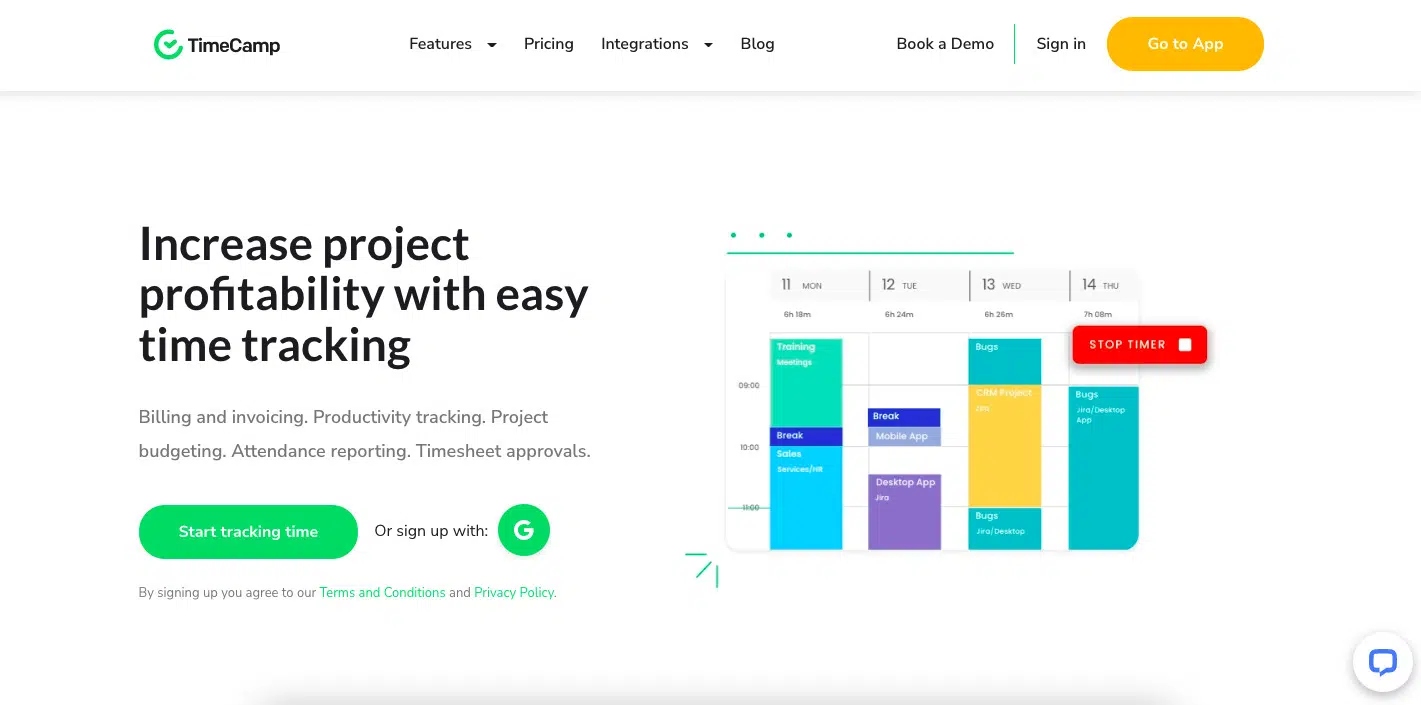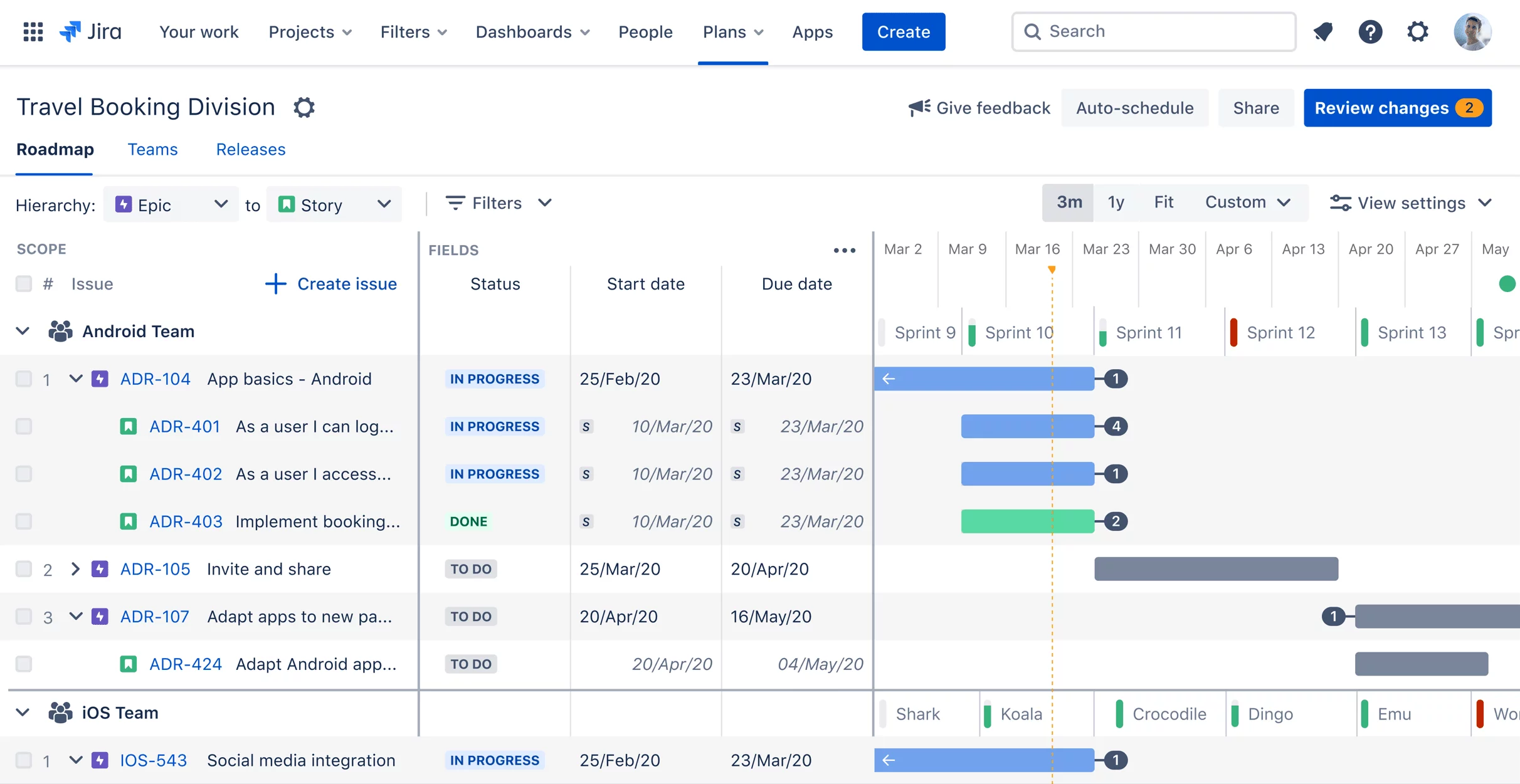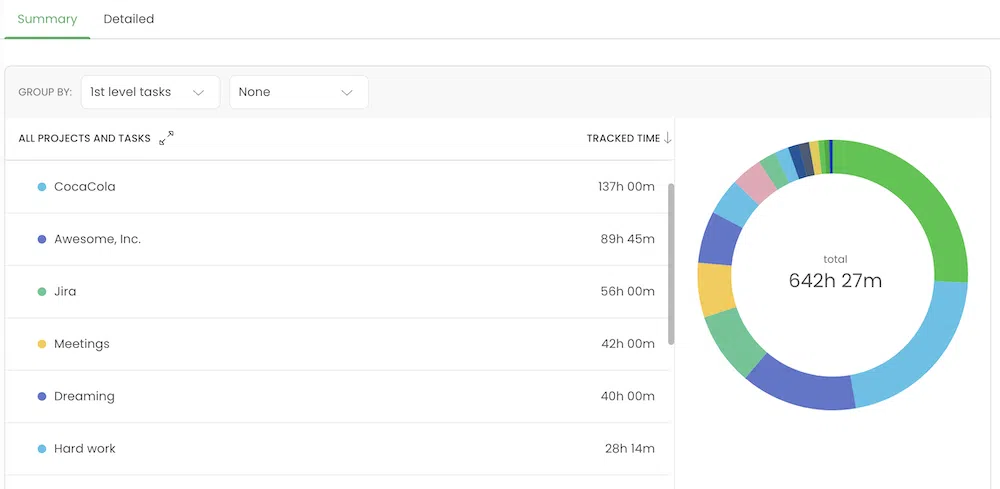Streamline Your Workflow with Agile Time Tracking: Best Practices and Tools
-
Kat Ciesielska
- February 16, 2023
- 7 min read
Why is time tracking in Agile so important? Because if you actually think about what agile development is… time spent on projects becomes one of the most significant things to manage. But let’s start from the beginning.
What is Agile?
The Agile method is a project management approach that believes team members should work with each other towards a common goal. It focuses on collaboration and communication, as well as frequent adaptation to changes in the agile project.
Agile methodology was first discussed in 2001 by numerous software developers who had previously utilized other project management techniques. They wanted to create something different from the waterfall methodology, which is arguably more rigid and strict. They wanted something more suitable for the development process.
👉 Read also about Most Effective and Proven Time Management Techniques
In this methodology, changes should be responded to instead of planned for in advance. This means that you’re allowed to change your mind about what you’re doing at any time as long as it doesn’t impact your schedule or budget!
The origins of the agile methodology stem from a manifesto outlining what makes it unique from other approaches.
Agile teams work differently
Agile project teams follow the principles of iterative development, which means they work on small parts at a time until they’re done. They monitor the progress on every project level. Managing time helps them to prepare accurate estimates, so they can plan future sprints better. Time tracking is crucial when it comes to agile projects, as you see.
This is different from traditional methods, where you would create an entire product before testing it out; you don’t know what’s working or not until it’s done! This method allows you to test along the way without wasting any time or money on something that doesn’t end up being helpful at all (or needs more tweaking).
The agile approach can be applied across all industries, but it’s most commonly used in software development.
4 core values in Agile
There are four core values outlined in these principles, and they are all related to producing better software quicker.
First Agile value
The first value states that people and interactions are more important than processes and tools. This means that team members should be encouraged to collaborate with each other as much as possible, vs solely depending on technology for communicating with one another.
This is an essential value for Agile because it emphasizes the importance of communication within teams, which allows them to work together effectively while tracking time.
Second Agile value
The second value is about responding to changes instead of following the original plan exactly should be preferred over sticking to a rigid plan.
This involves having multiple sprints or smaller projects completed that build on each other until all parts have been fulfilled correctly and completely. Overall, it can dramatically reduce project costs.
Third Agile value
Third, agile focuses on delivering features as soon as possible, no matter how basic they are, rather than waiting until everything is fully developed before it gets released to the public.
Customers will get pieces of the final product at different times, allowing them to understand what they want to be changed or modified. It saves the team’s time because they don’t work on something unimportant for the customers.
Fourth Agile value
The fourth value is about constant changes and improvements. Agile teams want to constantly improve their methods so that every project is better than the last one. They intend to prepare more accurate estimates, manage their time better, and grow.
This involves using metrics like customer satisfaction surveys or other feedback for each new iteration so that there are no surprises when it comes time for launching something new.
Agile time tracking
As you probably already see, time tracking for Agile is one of the most crucial things. Especially if you’re managing multiple projects. Understanding how many hours you need for each activity gives you a lot of power.
You can prepare accurate billing and realistic project planning, boost team productivity and understand better your own business. Logging time properly allows you to understand how many story points you require in reality. That’s extremely valuable information, isn’t it?
If you’ve ever worked in an Agile environment before, then you know they don’t work like traditional project managers or IT teams. Time tracking in Agile is a blend of common agile software development methodologies with traditional time tracking you might remember from paper time sheets.
An agile team tracks their time in small, iterative sprints throughout the project lifecycle. These sprints are used to deliver working software at the end of each sprint and release new features on a regular cadence.
Each team is different, but most of them will have anywhere from two weeks to a month-long sprint cycle. The length of these cycles depends on how long it takes your team to implement features or create new products, which can vary greatly depending on what you’re building and who you’re building with.
The proper time tracker is a secret sauce here.
Your secret weapon to manage agile projects

TimeCamp productivity report
Time tracking is an essential part of agile development. But how should you actually do it? Product owners want their developers (or marketers etc.) to put the minimum effort into tracking, so they can focus on their tasks. Tracking time needs to be a no-brainer.
How to minimize the time invested into tracking, then?
You see what the website you’re on is about, so you already know. The best solution is to get the software to track time for your developers.
TimeCamp

TimeCamp is a great and easy-to-use time tracking application. Loved by scrum masters, product owners, managers, CEOs, developers, and even HR departments. It measures time spent on each task, collects the data, and prepares outstanding reports.
You may think that we’re not very humble here. It’s because we know that it works. We use our product every single day at work (and in our private lives too, sometimes ;)).
![]()
TimeCamp tracks time automatically, it can easily integrate with other apps (like Jira, Trello, or Slack) and even helps you in the billing process. You can finally estimate your story points based on time spent on previous projects. It will boost your productivity dramatically.
Agile project management
Software for agile project management
Agile management can improve your productivity and general workflow. But if you want to implement agile project management effectively, you may need some extra help. You need the tool that helps you plan sprints, monitor progress and keep backlog updated.
Jira – tool for agile software development
Jira is one of the most popular software for project and task management which is not surprising because it is an extremely helpful tool. You can work using Kanban, Scrum, and other methodologies or agile processes to plan your work and monitor progress.

The popularity of Jira is a huge advantage if you want to work with more tools because there is a high chance of integration possibility. That can be a game changer for a busy project manager or scrum master.
Jira time tracking
Time tracking during agile workflow is necessary for maintaining high productivity, making realistic estimates, and avoiding forced outages or budget burnouts. This is especially important if you work in a big team and want to know the real team performance.
To monitor time in Jira you can write your hours in an Excel sheet or use some simple time tracker. But you can do it better and easier!
Use the agile time tracking tool that enables you to track time in Jira directly. How it can be done? Basically in two ways:
-
Time tracking tools integrated with Jira
-
Time tracking plugins for browser
Yes, TimeCamp have both of them!
Agile management in Excel
The Agile Management Excel Template is a great tool for boosting your team’s effectiveness. But it not only helps in improving the work in the company but also works and contact with the client. The template is a great instrument for improving collaboration between all units taking part in the process of creating a product. It also helps in staying on top of things by controlling everyday activities and agendas in the company.
In order to benefit from the template, it’s important to use it on a regular basis. If you want to prepare agile framework in Excel sheet
-
The first thing is a story – a story which characterizes how the project worked out, in what way the employees work, and what are the effects of their work. Every member of the ream should characterize him/her in such way.
-
The template should be based on the 11 principles of the Agile Alliance. The team gets together and discusses how well the story matches the principles. Rating works on a scale of 1-5.
-
Another step is comparing the results with other team members. Here’s what the column Weights is for. The weights are on a scale of 1-5.
-
The last step is looking at steps to improve – things that have to be changed, aspects of projects that you should rethink with your team.
-
When the process of working with the template is done, implement the changes and start enhancing your project.
Managing multiple projects
Ok, but what about many different projects? Your organization surely works on many projects at the same time. Before your developers complete the first one, you’re already engaged in another one.

Will TimeCamp handle this?
Yes. Don’t you worry. You can track the progress of many projects at the same time without mixing them. Just create your own tags and tasks. Time tracking has never been so easy as now.
Conclusion
Proper time tracking in agile projects is the key to your success. When you know how many hours you need to meet your story points, everything becomes easier. Many agile teams still use old-style sheets, but you already know how to do it better. Put your Excel to the past and decide to track time as a boss!
Co-author: Maksymilian Kujawa


